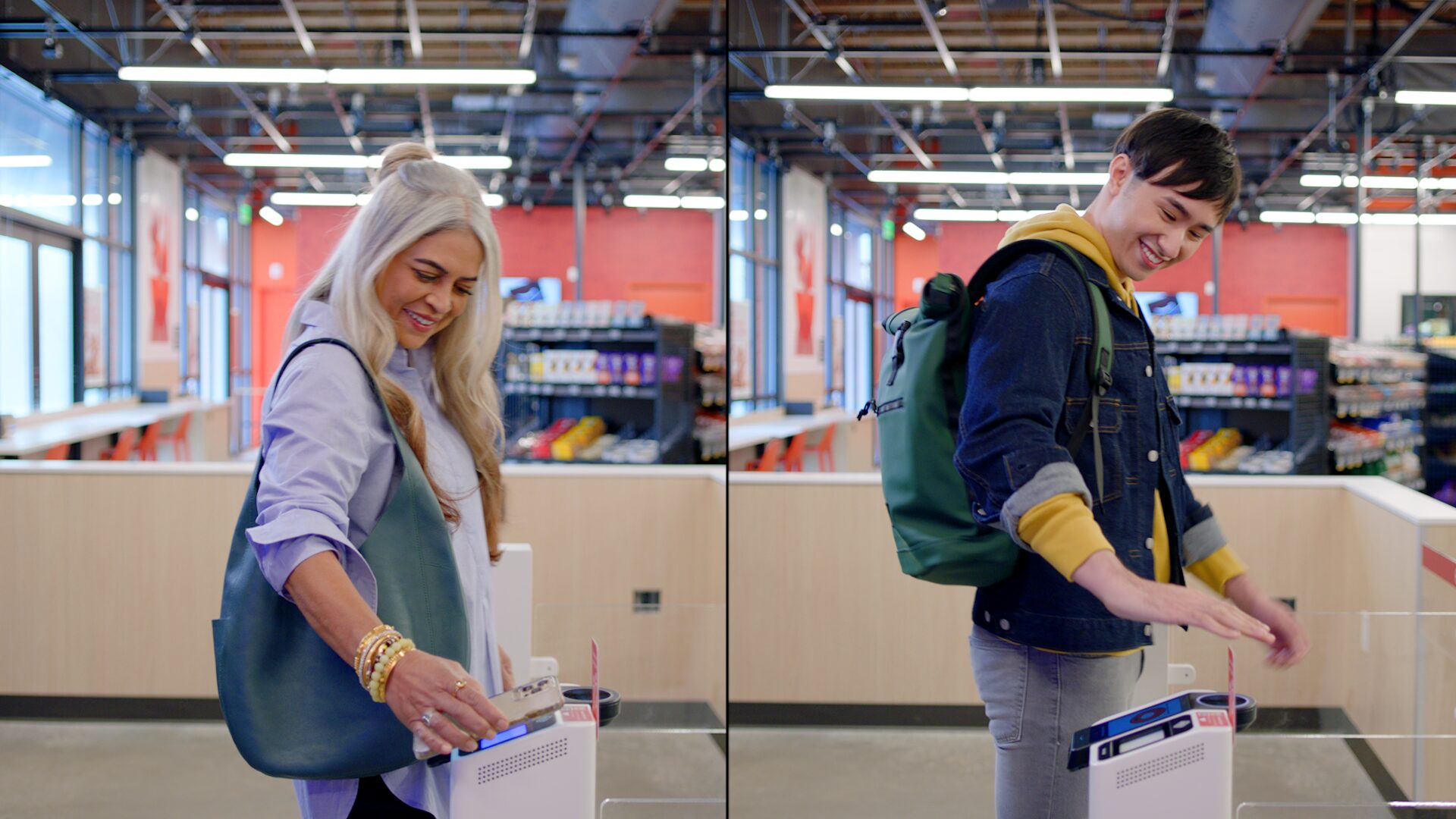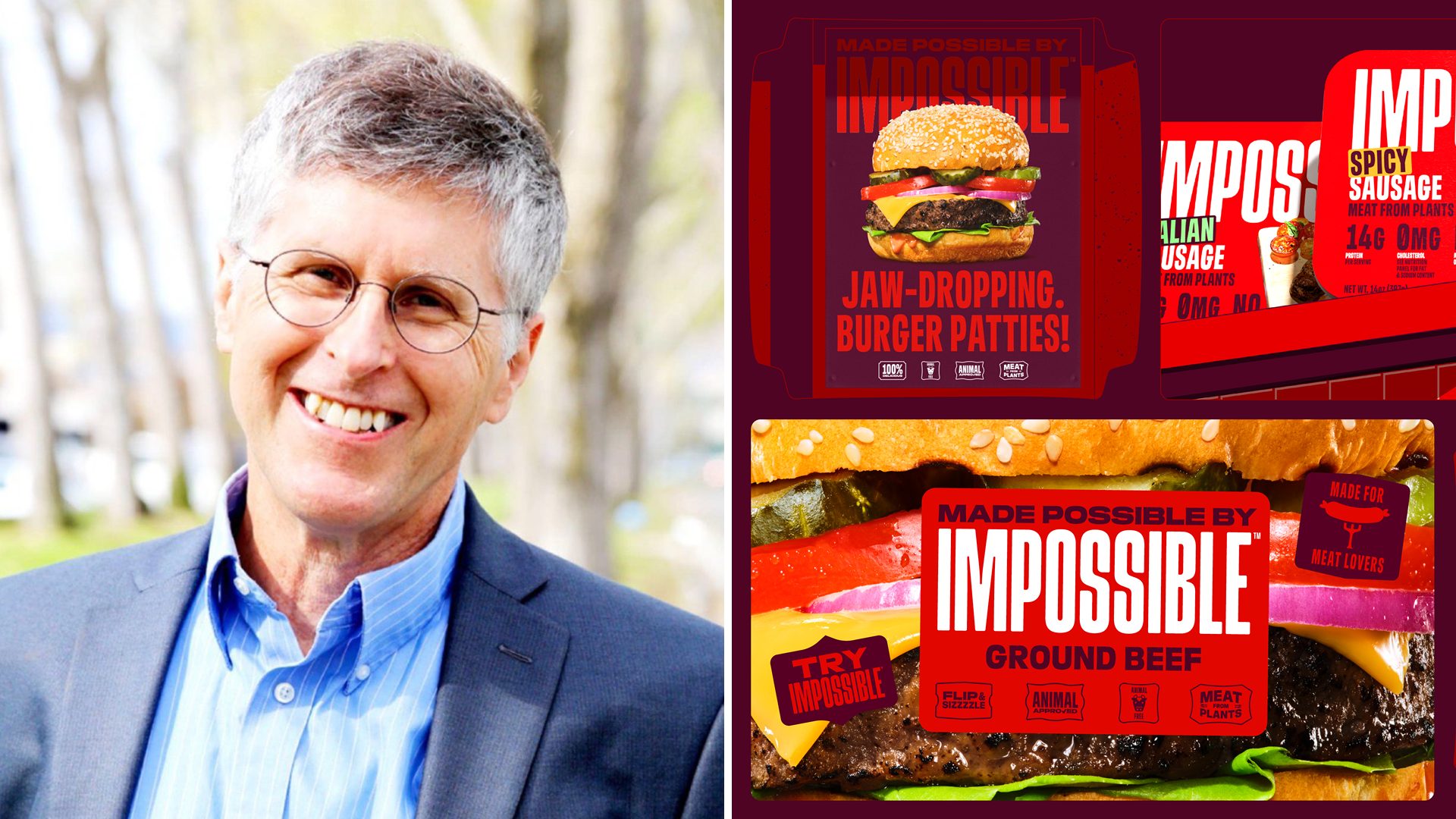The Amazon Go concept is going, going, and … is nearly gone.
How hard can it be to go from online retail giant to brick-and-mortar outlets that compete with time-tested chains? Apparently, plenty if Amazon Go is any indication.
It’s been more than five years since Amazon launched its convenience store chain. When Amazon Go made its debut in 2018, company officials had plans to open as many as 3,000 stores. The first four opened in Seattle and Chicago and there were hopes of licensing the Just Walk Out technology to other vendors.
At its peak in 2023, Amazon Go boasted 30 outlets. Now, only about half remain.
The Wall Street Journal reported though Amazon Go’s cashierless concept freed up employees to help customers, the electronic payment system proved cumbersome. The company replaced the technology at its Amazon Fresh stores with scan-and-go carts.
Gabriela Serpa, senior consumer behavior analyst at Canvas8, said the failure can be explained by the psychology behind spending.
“People hate the checkout line, but it’s not because they hate the act of having to check out. It’s a convenience thing – they hate having to wait,” Serpa told The Food Institute. “Amazon Go eliminates the checkout act entirely, and sure, it gets rid of the waiting, but in getting rid of checkout entirely, it’s also eliminating a fundamental act of human agency.
“When you don’t have to tap or swipe or even click on a button to buy something, you don’t feel like you are actively making a purchase, and that type of behavioral disempowerment carries more weight than whatever (still faulty) convenient Amazon Go is offering.”
Another reason for rejection lies in the technology itself, said Keith Carpentier, CEO and founder of Qbuster.
“Adoption of new technology is not always welcomed by shoppers,” Carpentier said. “Only Amazon app users could shop at these locations, which makes adoption harder and creates an exclusive experience.”
“I don’t think [Amazon] really understands retail,” Jeff Edison, CEO of Phillips Edison & Co., a real-estate investor that owns grocery-anchored shopping centers, told the Journal.
Axios reported the Just Walk Out technology has highlighted the limits of AI. The Journal said the company is redesigning its store in Mill Creek, Washington, adding more items, including made-to-order pizza.
Brick-and-mortar revenue, including from Whole Foods, is miniscule compared to Amazon online sales, $5.2 billion compared to $61.4 billion.
Aldi also is having trouble with a concept that was patterned after Amazon Go. PaymentsJournal reported the chain’s cashierless Shop and Go store in the U.K. has been criticized for requiring a £10 deposit from each customer and then taking days to process refunds if less than that is spent.
“Running warehouses and shipping stuff efficiently is not the same as greeting a customer and saying, ‘May I help you?” Edison said.
“I wouldn’t fault Aldi for authorizing £10 on a consumer’s card as the enter,” Don Apgar, an executive at Javelin Strategy & Research, told PaymentsJournal. “That’s part of the tradeoff that the consumer makes in exchange for unattended checkout.
“Lost or stolen cards, and those that don’t have £10 of purchasing power available, really raise the risk profile for Aldi. In a traditional store, if you’ve bought more than you can pay for, there is a cashier to help remove items from your bill and restock them. The idea is to minimize the probability of that happening.
“However, for debit card users, that authorization means that £10 of their money in the bank is being held and is not available to spend.”
The Food Institute Podcast
Amid inflation, restaurants need to get more creative to help bring customers through the door. What exactly can they do to improve traffic? André Moraes of PepsiCo Digital Lab shares how experiences, microinfluencers, and the Local Eats program can help propel restaurants in 2025.












